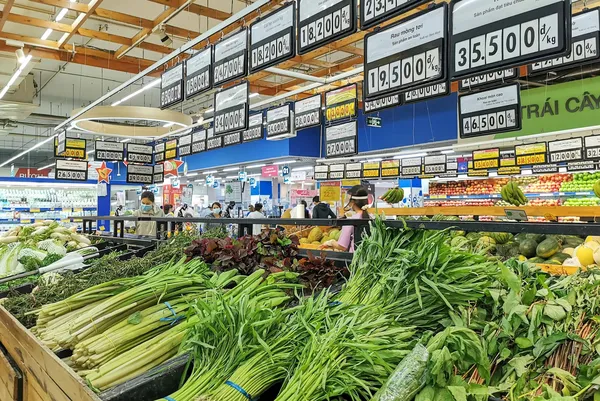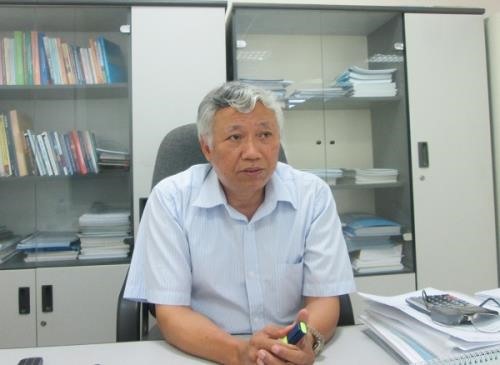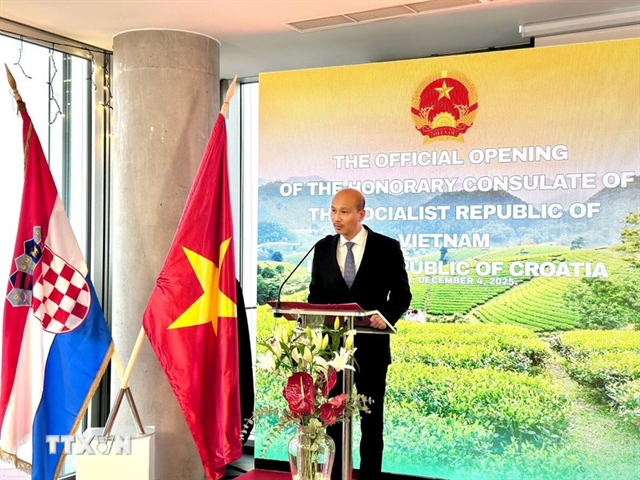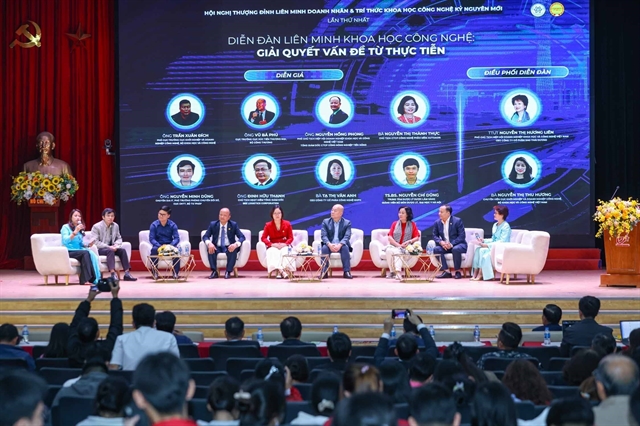 Economy
Economy

Việt
 |
| Deputy chairman of the Việt Nam Steel Association Nguyễn Văn Sưa |
Việt
Deputy chairman of the Việt Nam Steel Association Nguyễn Văn Sưa tells Thời báo Kinh doanh (Business Times) newspaper about steel production this year and origins of Vietnamese steel.
How did the domestic steel industry develop in 2017? And what do you predict for its growth in 2018?
The domestic steel market has grown in production and consumption over the past few years, especially the period 2016-17. Most steel enterprises have achieved high profits from steel production and business in 2017.
In 2017, the steel industry reached a year-on-year increase of 23 per cent in production and 20 per cent in consumption while exports of steel reached 4.7 million tonnes, a surge of 28 per cent against 2016.
The strong growth was due to high demand for steel as the domestic economy developed, including construction of infrastructure, bridges, harbors, airports, urban areas and housing.
The steel industry will continue the development because many projects have to be completed and put into operation this year.
Meanwhile, the Government will enhance disbursement for many projects with public investment to finish the projects, leading to higher demand for steel products.
However, to obtain those advantages, the local steel producers must improve competitiveness of their products by investing in reform of production technology, a skilled workforce and use of modern management methods.
Việt
The FTAs aim to liberalise trade and will create opportunities and challenges for the local steel industry.
Therefore, we have to understand international trade very well to take suitable actions.
I think that Việt Nam’s steel industry in the future should build large steel enterprises to produce steel products with the ability to compete with foreign ones.
Those enterprises must have large production scale, high technology and good management ability to produce 7-10 million tonnes of steel per year.
Now, the local steel producers have had difficulties in capital, technology and equipment.
Over past years,
The media has recently reported that 90 per cent of Việt
I believe it is inaccurate because a very small amount of Việt
The reality will be proven soon this year when Việt
Taxes for steel imports from
Việt Nam’s steel industry needs to improve the competitiveness of its products for competing with Chinese steel and Việt Nam needs to use trade remedies for protecting its domestic production, which the US and Europe are using quite effectively.
In 2017,
Meanwhile, in 2016, Việt
China has closed the induction furnace for fear of environmental pollution, while the steel industry of Việt
Currently, Việt
However, investors should pay attention to the long-term vision to not put large investment in developing induction furnaces because it may be limited in the future due to its negative effects on the environment, then the investor will suffer great damage. - VNS




